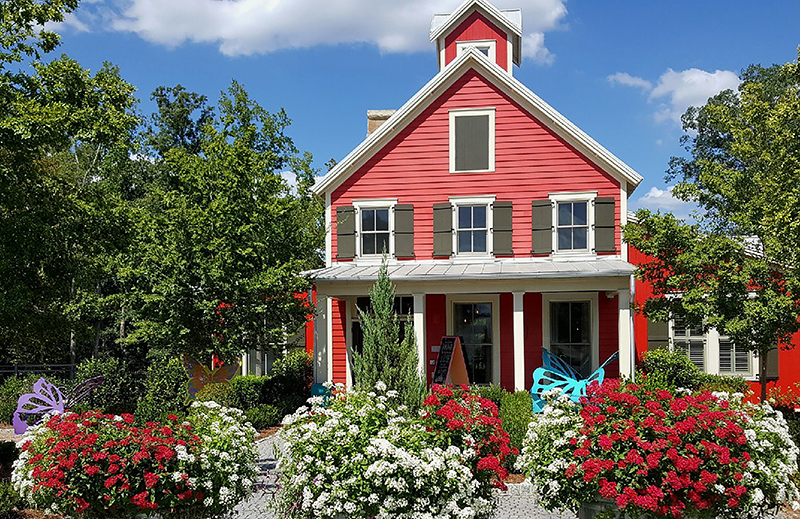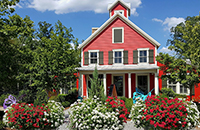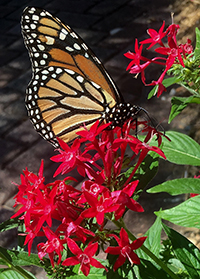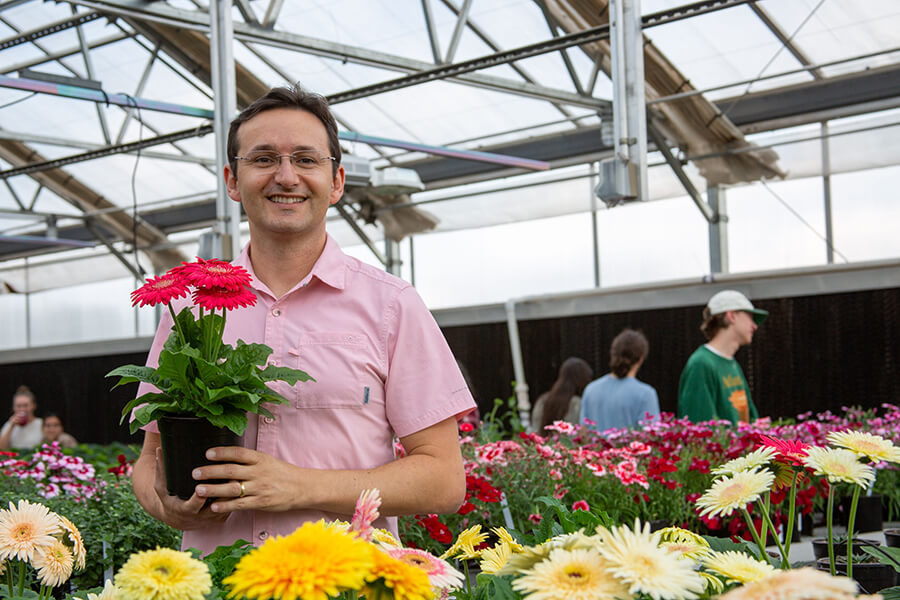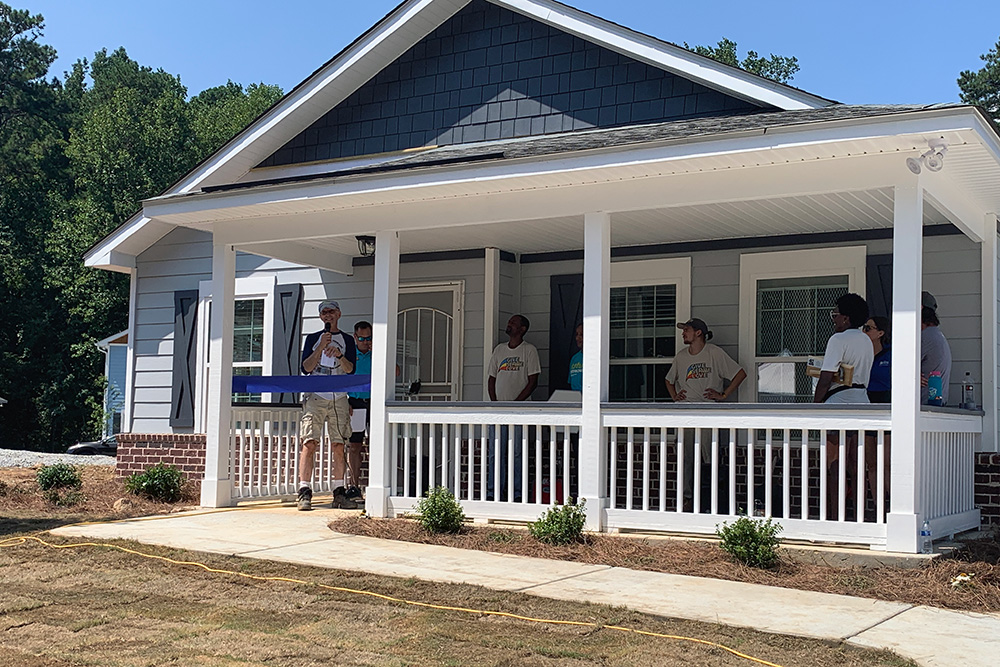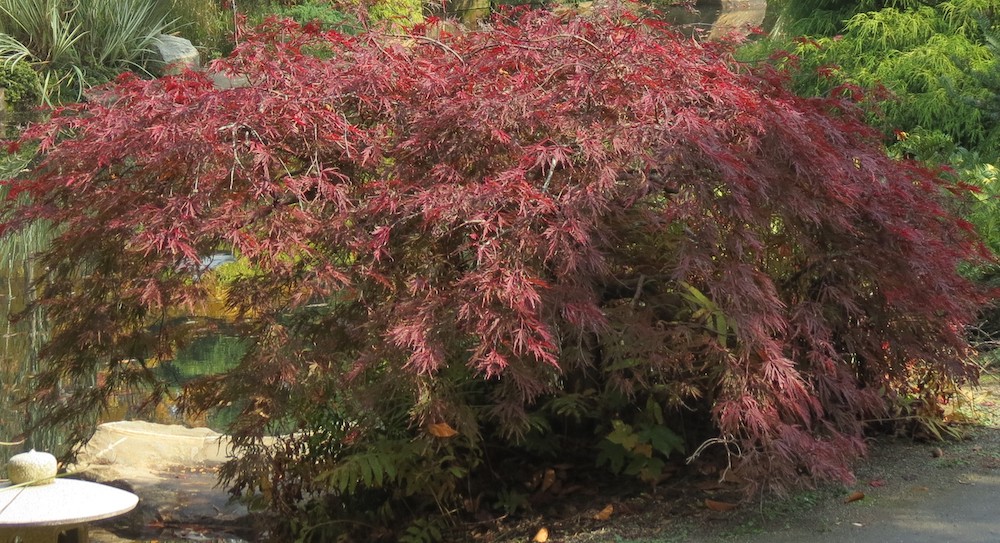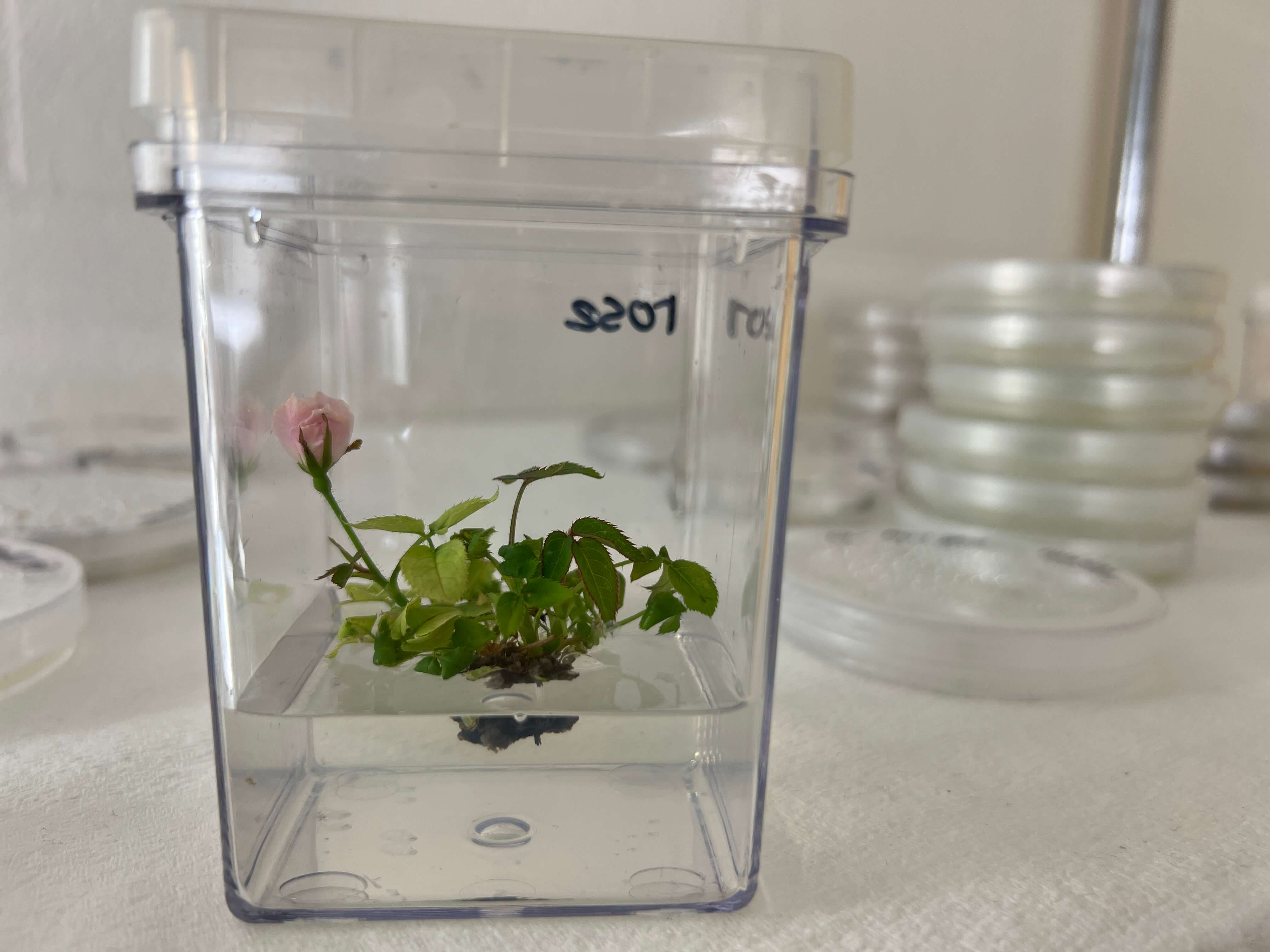Right now, it seems like it’s a banner year for butterflies everywhere I travel in the South. While the big monarch butterfly migration hasn’t hit, the populations of others seem to be high. I’m not sure if there is a correlation, but it also seems as if pentas are having the most incredible year ever.
What a quandary for the landscape industry. Cool-season flowers will soon be planted, and pentas and many other warm-season annuals are not only showing out, but are adorned with butterflies like few have seen.
I am seeing the Graffiti series of pentas across Georgia. It was a little over a decade ago that I received a postcard that led me to notice them when I went to the California Spring Trials. The ‘Graffiti Red Lace’ pentas on the postcard were so beautiful, I thought surely they had been digitally enhanced prior to printing.
At the trials, they were just as beautiful and I, too, easily duplicated that same image. Now, a decade later, landscape professionals, home gardeners and places like the Coastal Georgia Botanical Garden at the Historic Bamboo Farm in Savannah are using them in great quantities, much to the delight of pollinators. There are several colors and a mix in the series. I also love the ‘Graffiti Lipstick’ and ‘Graffiti Violet.’ The Graffiti series is brought to us by Benary, whose headquarters is in Germany.
Another impressive series I’m seeing in commercial landscapes this year is the HoneyCluster series from Syngenta. The HoneyCluster series comes in four colors and a mix and grows to a medium height. Next year’s highlight may be the Falling Star series, the first trailing pentas in the market.
If you love butterflies, hummingbirds and four months or more of nonstop color, then you’ve got to try these new pentas. The leaves are shiny and attractive, which make for a great contrast with the star-shaped colorful blossoms.
Blooms will be produced in abundance all summer if beds are prepared correctly. Choose a site in full sun for best flower production. Prepare the bed by incorporating 3 to 4 inches of organic matter and till to a depth of 8 to 10 inches. While tilling, incorporate 2 pounds of a slow-release, 12-6-6 fertilizer.
The next step may be the most crucial to happiness with your pentas. If your soil is acidic and you grow azaleas, camellias or blueberries with ease, you will need to add lime to the planting area for your pentas. While preparing the soil, add 5 pounds of a pelletized lime per 100 square feet in sandy soil or 10 pounds in a clay-based soil. This is recommended because pentas prefer a soil pH of 7. Many gardeners annually apply lime to grass or vegetable gardens and, in this case, a little will help the pentas keep their flowers all summer.
Pentas fit any style of garden. I like them in a tropical setting in front of bananas and elephant ears, but I love them in our Cottage Garden. Here we are using ‘Graffiti Red Lace,’ with ‘Chapel Hill Yellow’ lantana and the blue-flowered Brazilian buttonbush, which creates a perfect, triadic harmony of color and brings in pollinators.
Releasing butterflies has become popular for some wedding venues. Here at the garden, our weddings have included the continuous flight of butterflies in our Cottage Garden thanks to Graffiti pentas. Your home can become a butterfly and pollinator sanctuary too. Follow me on Twitter: @CGBGgardenguru.

